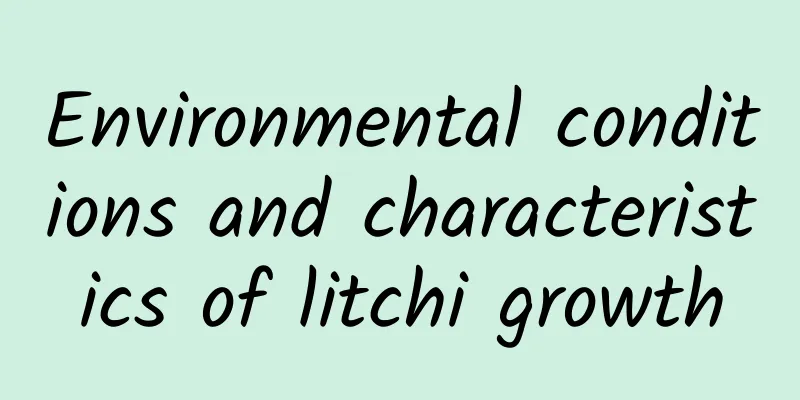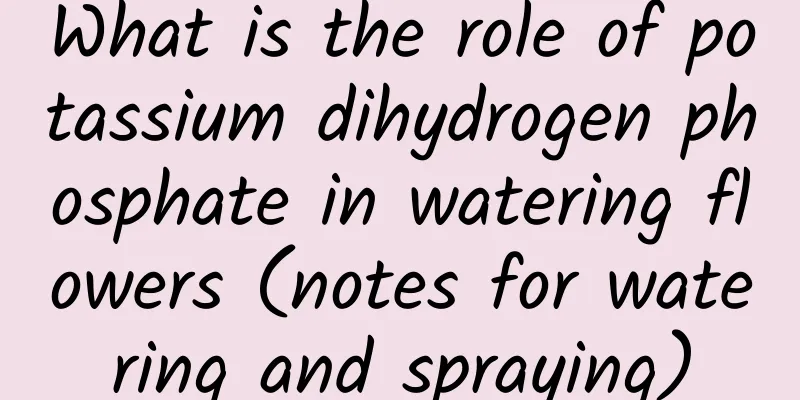Causes and treatments for yellowing hibiscus leaves

1. Improper watering1. Reason: Improper watering may cause its leaves to turn yellow. Watering too much or too frequently will cause water accumulation at the roots and reduce the ability to absorb water; watering too little will result in less moisture in the soil. This will cause the roots to absorb less water and the leaves to turn yellow. 2. Treatment method: If you water too much, you should reduce the amount of watering and keep the soil warm and moist. The rotten roots and yellow leaves should be cut off; if you water too little, you should increase the amount and frequency of watering. Water once every 2-3 days during the growing season. 2. Unreasonable choice of time for changing pots1. Reason: It is particularly important to repot hibiscus flowers regularly, but if the time for repotting is not appropriate, such as repotting during its flowering period or growth period, it is inappropriate. Because the nutrients needed for metabolism are particularly high at this time, repotting may cause the roots to not get enough nutrients as expected, causing the leaves to turn yellow. 2. Solution: Pay attention to the timing of repotting. It should be placed in a warm environment and kept clean until it recovers. Leaves that have turned yellow should be cut off in time. 3. Pest and disease damage1. Reason: When the leaves are attacked by pests and diseases such as red spider mites, whiteflies, and aphids, the sap in the leaves will be sucked dry, and the nutrients in the leaves will be lost, causing the leaves to wilt, turn yellow, and eventually fall off. 2. Treatment method: When insect pests are found, they should be sprayed with organophosphorus pesticides such as chlorpyrifos for prevention and control as soon as possible. Branches, leaves and even plants that cannot be saved must be abandoned decisively to prevent more diseases and insect pests from occurring. |
<<: Causes and treatments for yellow leaves of Chlorophytum comosum
>>: Causes and treatments of yellow magnolia leaves
Recommend
How to prune fruit mulberry
When to prune mulberry trees Fruit mulberry trees...
Cultivation methods and precautions of Amaryllis
1. Soil To grow amaryllis, you need to use loose ...
How to water irises? Pay attention to these five points!
Characteristics of Iris: In fact, irises can be d...
Can papaya seeds be planted?
1. Can it be planted? Of course papaya seeds can ...
Does the flower prefer shade or sun?
Does the flower prefer shade or sun? The plant of...
How to grow spider plants so that they grow more vigorously and their leaves are greener and more shiny?
It is generally recommended to repot spider plant...
When is the best time to harvest Chinese cabbage?
Chinese cabbage harvest time The best time to har...
How big is the grape tree pot
1. How big is the basin? The size of the pot requ...
How to prune the wood brocade tree? Pruning methods and techniques
When to prune the cycad tree The best time to pru...
The main value of zinnia
Home Decor Zinnia belongs to the Asteraceae famil...
What flowers are suitable for growing in Longnan? What are the city flowers and trees?
1. Climate characteristics of Longnan Longnan'...
How to propagate jasmine by cuttings?
Jasmine is popular for its rich fragrance and con...
Planting time and method of late beans
Late bean planting time The most suitable time to...
What to do if the leaves of ball pine turn yellow
The yellowing of pine is caused by normal metabol...
The efficacy and function of cantaloupe
effect 1. Cantaloupe tastes very sweet and is gre...









